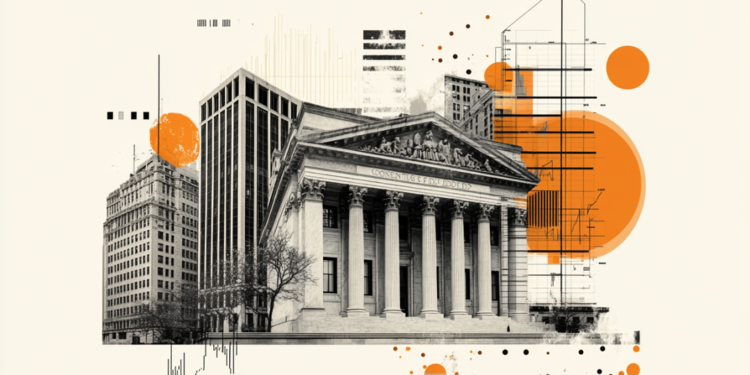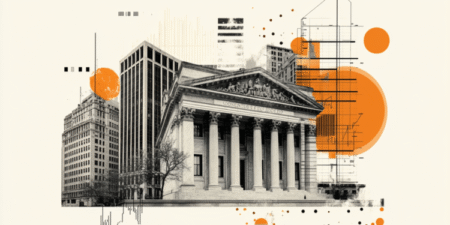St. Louis Fed President Alberto Musalem explained on Monday that he backed last week’s rate cut, describing it as a precaution to safeguard the job market. At the same time, he cautioned that with inflation still running above the Fed’s 2% goal, there might not be much room left for further cuts.
Key Quotes
He supported a quarter-point cut as a precautionary move to help the labour market but sees limited room for further easing.
Monetary policy must continue to lean against inflation that remains above target.
Overemphasis on the labour market could lead to policy that is too loose and does more harm than good.
Tariffs are adding to inflation, and the impact on prices has not yet been fully felt.
Economy is near full employment, and the recent cut should help maintain that.
Loose financial conditions and other factors mean the Fed should move cautiously on further cuts.
Would support further cuts if more signs of labour market weakness emerge, provided risks of persistent inflation and rising inflation expectations have not increased.
Inflation FAQs
Inflation measures the rise in the price of a representative basket of goods and services. Headline inflation is usually expressed as a percentage change on a month-on-month (MoM) and year-on-year (YoY) basis. Core inflation excludes more volatile elements such as food and fuel which can fluctuate because of geopolitical and seasonal factors. Core inflation is the figure economists focus on and is the level targeted by central banks, which are mandated to keep inflation at a manageable level, usually around 2%.
The Consumer Price Index (CPI) measures the change in prices of a basket of goods and services over a period of time. It is usually expressed as a percentage change on a month-on-month (MoM) and year-on-year (YoY) basis. Core CPI is the figure targeted by central banks as it excludes volatile food and fuel inputs. When Core CPI rises above 2% it usually results in higher interest rates and vice versa when it falls below 2%. Since higher interest rates are positive for a currency, higher inflation usually results in a stronger currency. The opposite is true when inflation falls.
Although it may seem counter-intuitive, high inflation in a country pushes up the value of its currency and vice versa for lower inflation. This is because the central bank will normally raise interest rates to combat the higher inflation, which attract more global capital inflows from investors looking for a lucrative place to park their money.
Formerly, Gold was the asset investors turned to in times of high inflation because it preserved its value, and whilst investors will often still buy Gold for its safe-haven properties in times of extreme market turmoil, this is not the case most of the time. This is because when inflation is high, central banks will put up interest rates to combat it.
Higher interest rates are negative for Gold because they increase the opportunity-cost of holding Gold vis-a-vis an interest-bearing asset or placing the money in a cash deposit account. On the flipside, lower inflation tends to be positive for Gold as it brings interest rates down, making the bright metal a more viable investment alternative.
Read the full article here



